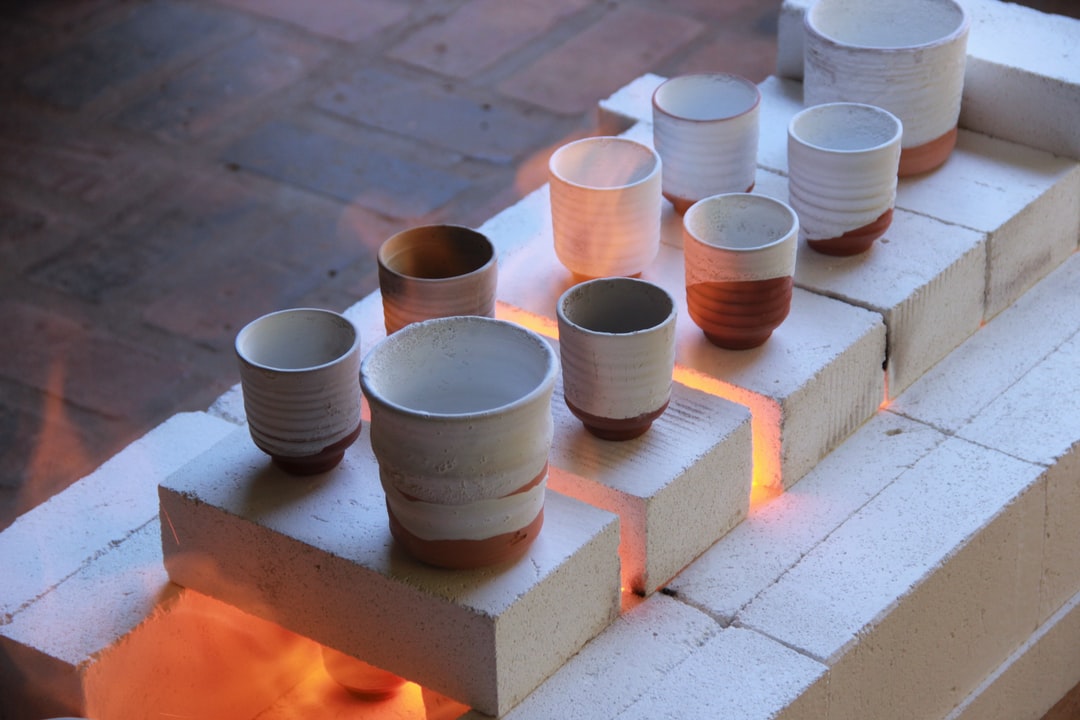 Look around.
Look around.
Do you see glass windows, quartz counters, porcelain dishware, bone china decor, and brick walls? You are sitting in the midst of ceramic materials.
Ceramics extend far beyond basic ceramic bakeware and mugs that come to mind when we think of traditional ceramics.
In this guide, we’ll cover five of the most popular types of ceramics and the uses of ceramic materials. Keep reading to learn more!
What Are Ceramic Materials?
Ceramic materials are nonmetallic, inorganic solids. Well, that’s the chemical definition. Let’s break that down to English.
Ceramics are essentially any materials that do not contain metal (why you can microwave your ceramics) and are stripped of any organic compounds (wood, rubber, etc.). This is a very broad definition, and why so many materials qualify as ceramics. Below, we’ll cover the top five most popular ceramic materials.
1. Porcelain
Porcelain dates back to ancient China. They are kaolin clay-based. Porcelain is often used n pottery, decor, and tableware.
Porcelain is naturally white, making it a great canvas for artists.
2. Bone China
Bone China is actually a derivative of porcelain with bone ash added prior to setting. Despite the name, bone china is a British innovation. Bone China is the only ceramic to contain organic materials.
Compared to porcelain, bone china has superior chip resistance and translucency, making it sell at higher prices.
3. Earthenware
The oldest human-produced ceramic dates back to 29,000 BC. Earthenware was made from clay mixtures and baked in a fire pit. Unpainted, earthenware is a reddish-brown.
It is significantly cheaper and easier to produce, but more prone to chipping and breakage. Earthenware is often used for flower pots or inexpensive tiles.
4. Stoneware
Stoneware is an in-between of porcelain and earthenware. It has a glass-like finish. Stoneware is also used in pottery and tiles.
Stoneware has industrial applications as well due to its strong resistance to chemicals. This non-reactivity is what makes it so popular as dishware.
5. Advanced Ceramics
These are relatively new and manufactured in limited quantities for electrical, magnetic, and optical applications. Advanced ceramics can be found in heat engines, ceramic armor, electronic packaging, making lasers, and even diamonds in jewelry.
Some examples of advanced ceramics and their applications include:
- Alumina– insulators in spark plugs, lasers
- Aluminum nitride-electrical circuits
- Boron nitride– oxidation-resistant metal coating
- Diamond– abrasion-resistant coatings, jewelry
- Lead zirconium titanate– gas igniters, ultrasounds
- Silica– tires, paint
- Zirconia– jewelry
The list of advanced ceramics is extensive. Read more about them here.
Classifications of Ceramic Materials
Ceramic materials are everywhere, from toilets to brick homes. We’ve created a list of ceramic properties to help you understand the materials you interact with, and what might just be a ceramic!
- Commonly clay-based (kaolin, bentonite, fuller’s earth, fire clay, or ball clay)
- Heat resistant
- Durable
- Good insulators
- Non-reactive with other chemicals
As you can see, the properties above would make excellent kitchenware-which ceramics are most commonly associated with! But hopefully, you’ve learned from this article that ceramics are not limited to the kitchen.
Check out the rest of our blog to grow your knowledge.
Leave a Reply